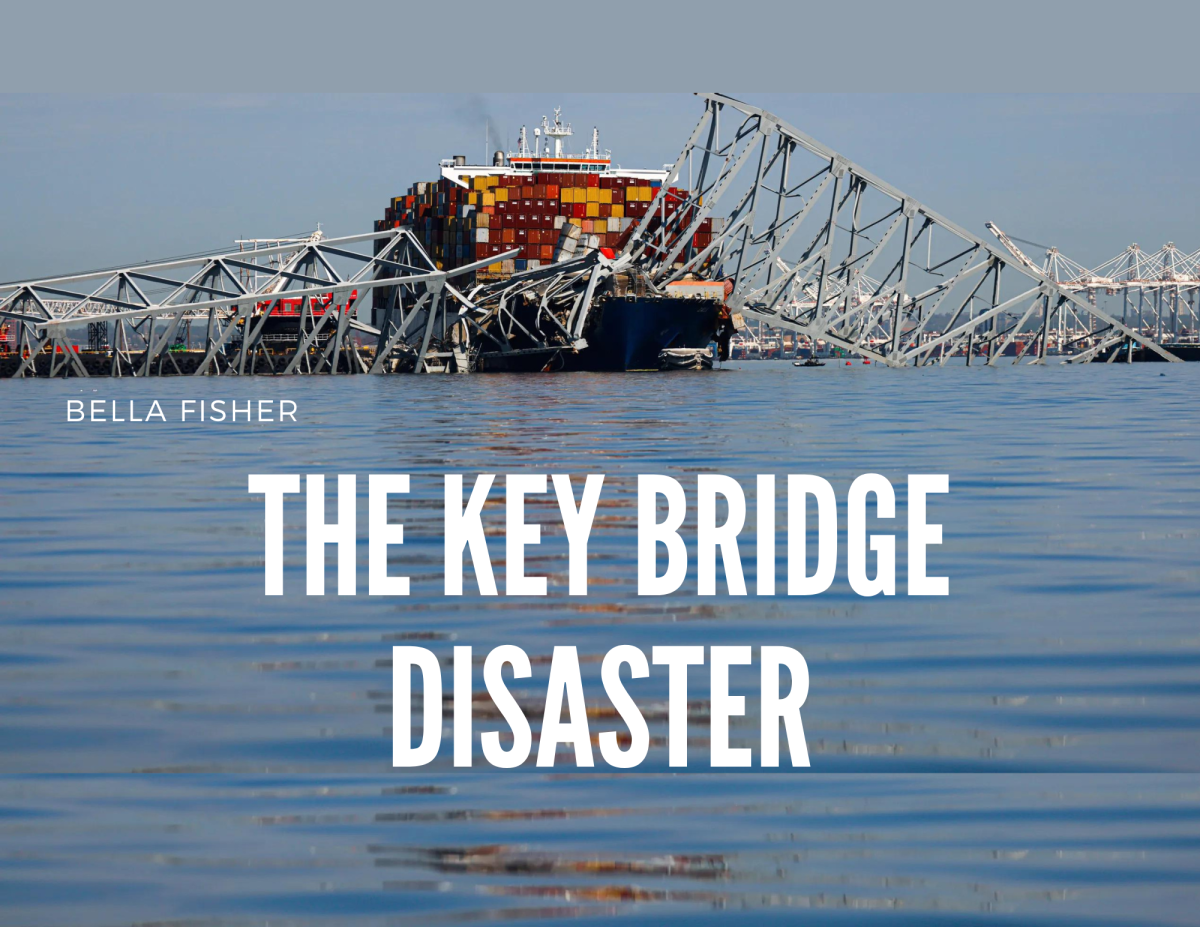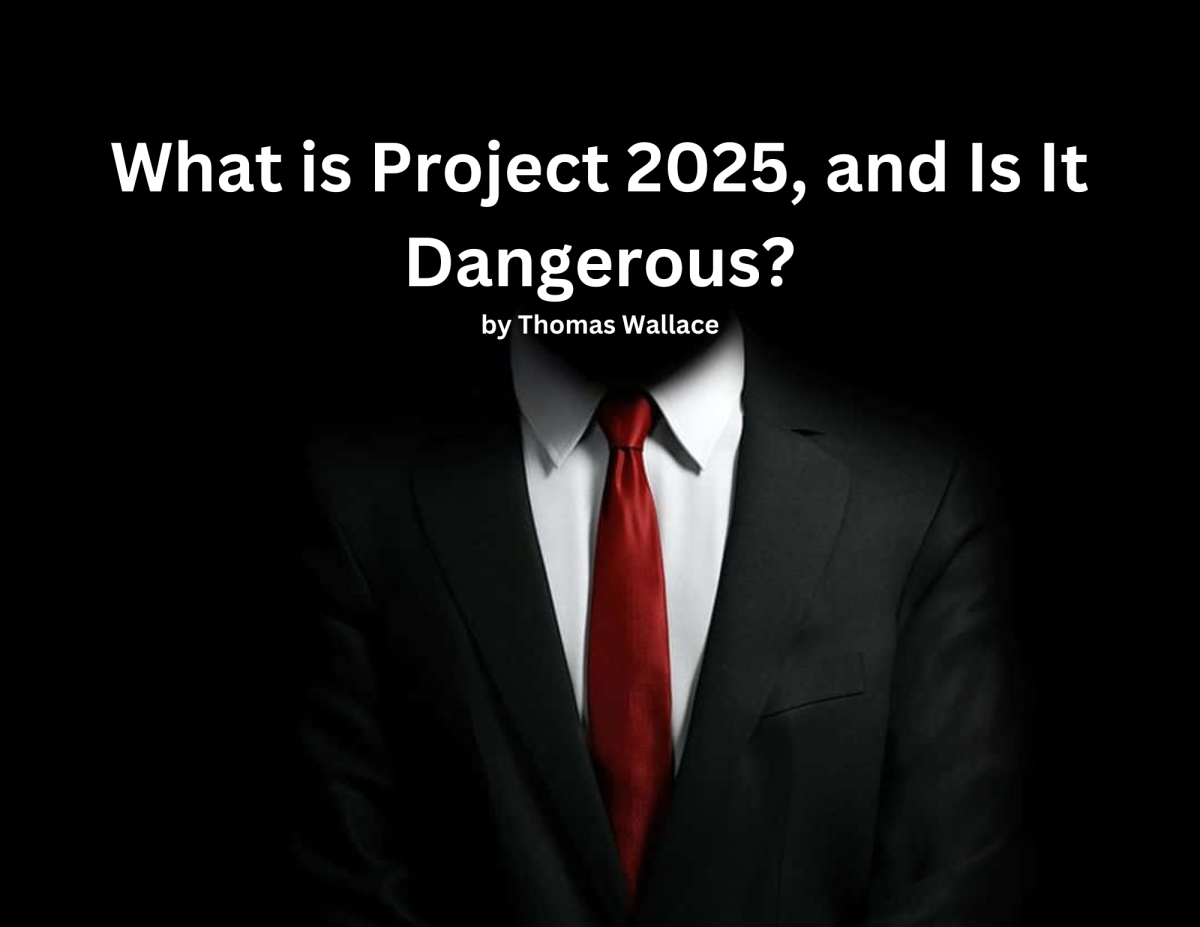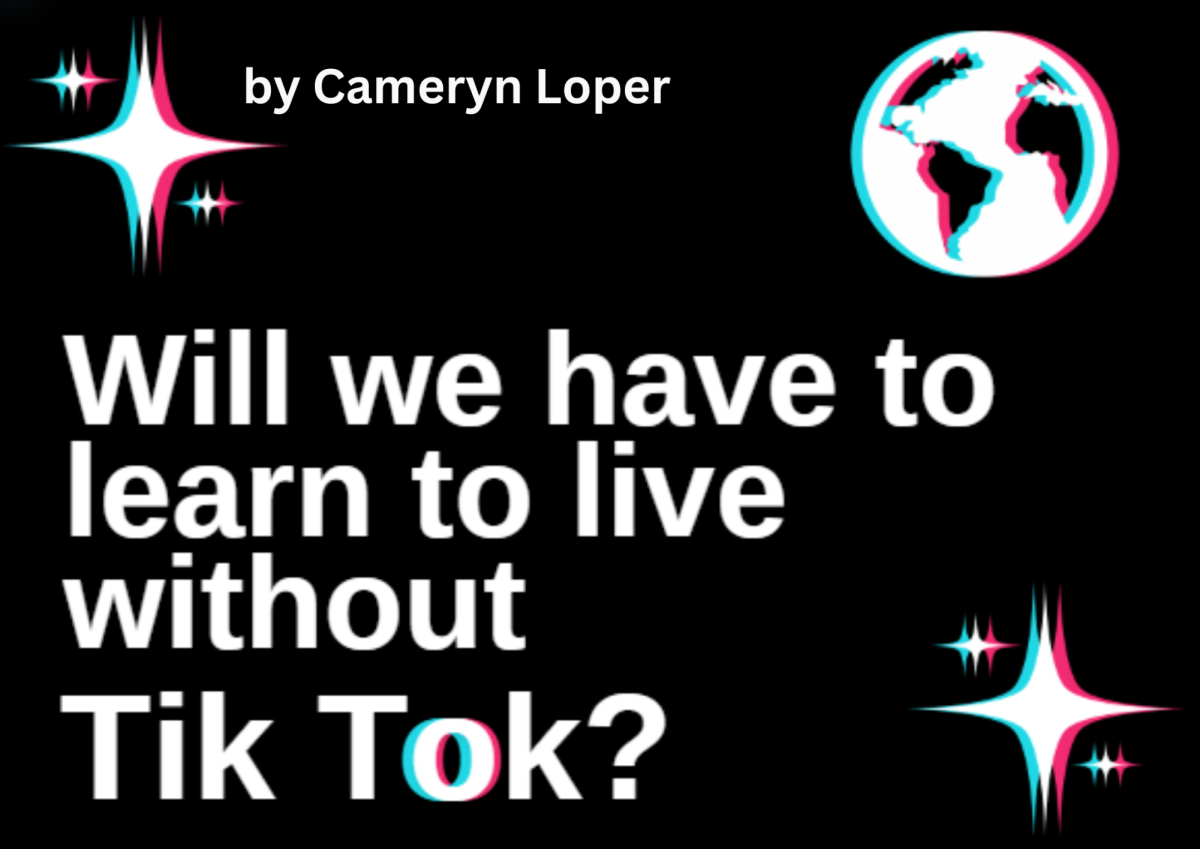In the early hours of March 26, 2024, the Baltimore Francis Scott Key Bridge experienced a catastrophic collapse, reshaping the city’s landscape and transportation dynamics. A cargo ship, having lost power, collied with the iconic bridge at 1:28 am, leading to swift and horrifying destruction of the span.
The Key Bridge, a critical artery for commerce, now lies in ruins, with its absence set to cause significant disruptions to the local economy and supply chains. This incident not only poses logistical nightmares but also personal tragedies. Two individuals were rescued from the river while six people were missing and presumed dead.
Seeking insight into the local impact, I turned to Ms. Guadagno, a business teacher at C. Milton Wright High School. Her connection to the bridge, though not a daily reliance, represented the occasional journey disputed by the collapse. “Occasionally infrequently, I would drive that direction for travel”, Ms. Guadagno shared, reflecting a sentiment felt by many who now must seek alternate routes. The conversation naturally progressed to the future of the bridge. When asked about potential improvements in new in a new construction “I would imagine the materials they use today won’t be as good as high quality. Although improvements would be nice, I think the reconstructed bridge will be lower quality”, she stated.
The collapse of the Francis Scott Key Bridge stands as a reminder of the fragility of our built environment. It also raises questions about the future bridge construction and the balance between cost, quality, and safety in public works. The community now watches and waits, hoping for the best but preparing for a complex road to recovery.












